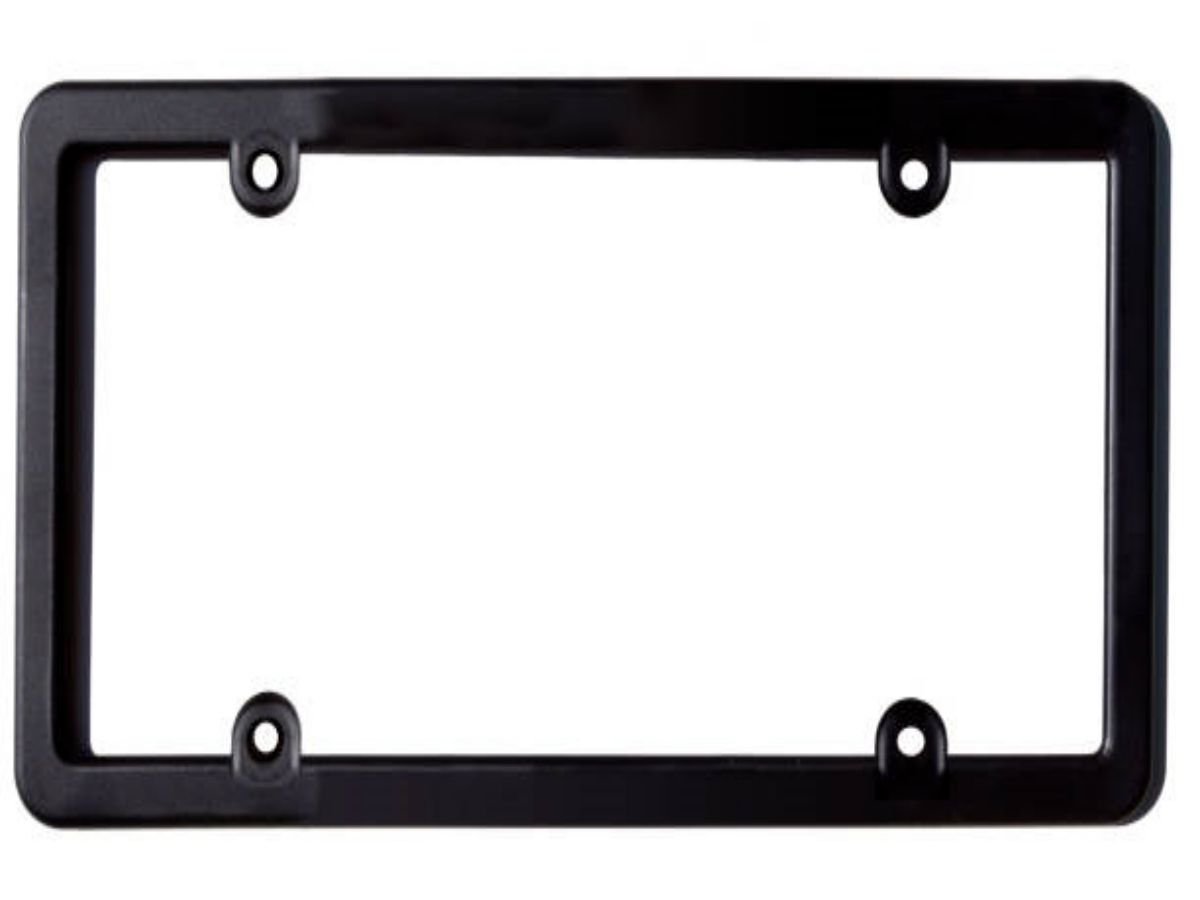Achieving the Perfect Finish: Tips for Processing ABS-Water Transfer Printed License Plate Frames
When it comes to creating license plate frames that stand out, achieving the perfect finish is crucial. One popular method for achieving a stunning finish is through ABS-water transfer printing. This technique allows for intricate designs and patterns to be transferred onto license plate frames, resulting in a professional and eye-catching look. In this article, we will explore ten tips for processing ABS-water transfer printed license plate frames, ensuring that you achieve the perfect finish every time.
1. Understanding ABS-Water Transfer Printing
Before diving into the tips, it's important to have a clear understanding of ABS-water transfer printing. This technique involves transferring a design onto a license plate frame using water and a specialized film. The film dissolves in water, leaving only the desired design, which can then be transferred onto the frame. ABS, or acrylonitrile butadiene styrene, is a lightweight and durable plastic commonly used in license plate frames.
2. Preparing the Surface
One of the most important steps in achieving a perfect finish is preparing the surface of the license plate frame. Before applying the design, make sure the frame is clean and free from any dirt, dust, or oils. Use a mild detergent and warm water to clean the frame thoroughly, and then dry it completely before proceeding.
3. Choosing the Right Design
The design you choose for your ABS-water transfer printed license plate frame plays a significant role in the overall finish. Opt for a design that complements the style and purpose of the vehicle. Consider factors such as color, pattern, and any specific branding or logos you want to incorporate into the design.
4. Selecting High-Quality Films
The quality of the film used in ABS-water transfer printing can greatly impact the final result. Invest in high-quality films that are specifically designed for this technique. These films should be able to dissolve easily in water and transfer the design seamlessly onto the license plate frame.
5. Properly Activating the Film
Activating the film is a crucial step in ABS-water transfer printing. The film needs to be properly activated to ensure optimal adhesion to the license plate frame. Follow the manufacturer's instructions carefully, as the activation process may vary depending on the type of film used.
6. Applying the Design
When applying the design onto the license plate frame, take your time and work carefully. Ensure that the film is evenly stretched and free from any wrinkles or air bubbles. Use a squeegee or similar tool to smooth out the film and remove any excess water or air trapped underneath.
7. Drying and Curing
After applying the design, it is crucial to allow the license plate frame to dry and cure properly. This will ensure that the design adheres securely to the frame and that the finish is durable and long-lasting. Follow the recommended drying and curing times provided by the manufacturer.
8. Finishing and Sealing
To achieve a perfect finish, consider adding a protective sealant to the ABS-water transfer printed license plate frame. This will help protect the design from fading, scratching, and other forms of damage. Choose a sealant that is compatible with ABS plastic and follow the application instructions carefully.
9. Quality Control
Before the final product is ready for use, it is essential to perform quality control checks. Inspect the license plate frame for any imperfections, such as uneven design transfer, air bubbles, or defects. Make any necessary adjustments or corrections to ensure a flawless finish.
10. Proper Maintenance
Once you have achieved the perfect finish on your ABS-water transfer printed license plate frame, it's important to maintain it properly. Clean the frame regularly using a mild detergent and water, and avoid using abrasive materials or harsh chemicals that could damage the design. With proper care, your license plate frame will continue to look stunning for years to come.


